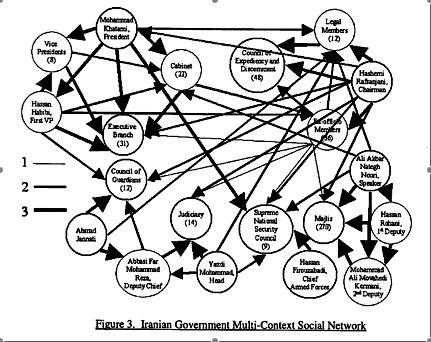Learning DevOps, and Agile Dev through Manufacturing. Great themes for cloud ops http://t.co/AfcOfxpb h/t @ahpook
— Erich Morisse (@emorisse) November 2, 2012
Learning DevOps, and Agile Dev through Manufacturing. Great themes for cloud ops http://t.co/AfcOfxpb h/t @ahpook
— Erich Morisse (@emorisse) November 2, 2012
You have to support change to have resilience. Dr. Richard Cook at #Velocity2012 http://t.co/i2P3pkP6 <- big implications for #opencloud
— Erich Morisse (@emorisse) July 16, 2012
Wow, if this doesn’t sound like the open source philosophy…
Casio's IT is named "business development department." Wow. I wonder who else thinks that way. http://t.co/RS2t1Jef
— Erich Morisse (@emorisse) July 12, 2012
Hats of to Casio for such a forward looking ethos in their IT.
I occasionally get Twitter replies to random questions I put out there from people I’m not following, but this one had a surprise:
 Not only did @answers respond, but also included more info. Intriguing. I followed the link. That’s when I furrowed my brow.
Not only did @answers respond, but also included more info. Intriguing. I followed the link. That’s when I furrowed my brow.
The page it took me to demonstrated what I perceive to be a grave violation of network trust: impersonation.
The website has a post, in their forum, ostensibly from me — and not just in name only. They refer back to my post where I asked the question.
I don’t want anyone to act in my name without my permission. Creating an account with my name, and referring back to a legitimate source with the same name, sure sounds like impersonation to me. Am I over reacting? Or is Mahalo violating network trust?
Idiots of Ants [via Tomorrow Museum].
While not networking exactly, this does touch on our predilection to believe others we do not know, if there are enough of them.
New York Attorney General Andrew Cuomo has settled with a plastic surgery company, alleging the firm published phony positive testimonials and Web sites. Lifestyle Lift, associated with Michigan-based Scientific Image Center Management, agreed to pay $300,000 to New York State and stop posting false endorsements of its facial cosmetic surgery services.
I wonder how long until marketers create entire networks of fake people to promote products. Anyone seen this on Facebook, Myspace, or anywhere?
 In honor of the Iranian election, here’s the 2001 social network analysis of the Iranian government by Renfro and Deckro.
In honor of the Iranian election, here’s the 2001 social network analysis of the Iranian government by Renfro and Deckro.
 Incredibly great idea Kiva.org, the distributed micro-lending organization, has recently released a freely available API for accessing their data.
Incredibly great idea Kiva.org, the distributed micro-lending organization, has recently released a freely available API for accessing their data.
I have just started poking at the data available, as I suspect network analysis will be able to help predict rates of return.
Good on ‘ya Kiva!
Update: hi-res image by request from smoovej
Great podcast interview with the Economist‘s Andreas Kluth contrasting social media and the communication around the campfire.
“We were all awkward as teenagers … if I had had already Facebook and such media available to me I would have probably been completely impossible to talk to now. Because of course, there is a certain brain exercise involved in communicating face to face: cues and voice and body language and so forth. Knowing not when to interrupt someone.”
From way back at the end of oh-7, and still a great listen.
I’ve discussed my thoughts on authority before and I think follower count is a poor measure; but Stowe Boyd as has a great post (where the name for this post came from) summing up much of the controversy.
Two things I particularly like about the post: his spelling out why follower count is not without merit as a measure, and his unshy conviction that influence is a good thing.
To these I’ll add one short thought and one quote. Follower count, for all of its failings is the single measure we can all agree on. That alone is powerful. As for influence:
It is the pressure of our peers, after all, that gives us the support to try things we otherwise wouldn’t have. — BILL TREASURER, Right Risk
A very happy, healthy, and prosperous New Year to you and your social network. Keep connecting.